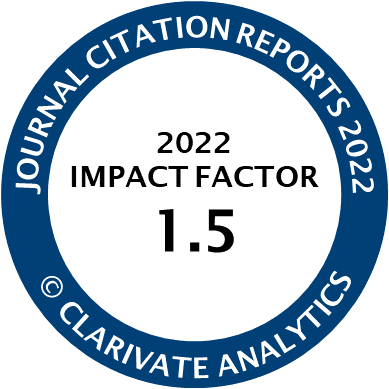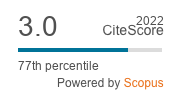Article | Open Access
Insights into the Use of Social Comparison in Migrants’ Transnational Social Positioning Strategies
| Views: | 1652 | | | Downloads: | 1120 |
Abstract: This article discusses the role of social comparisons in the processes through which migrants make sense of their own social position from a transnational perspective. Migrants are often involved in transnational forms of life which influence their forms of belonging, their economic strategies, their moral values and their political actions. There is also evidence to suggest that migrants use transnational frames of reference to evaluate their social positioning within their origin and host countries. In this article, we offer a methodological approach to the study of social positions in transnational spaces which aims to account for the interplay between the markers of objectively verifiable social positions and their subjective assessment by migrants. Concretely, we focus on social comparison as a mechanism for symbolic boundary drawing processes, which help migrants to make sense of their (often differing) social positions within host and origin countries. Social comparisons help migrants to evaluate how they are seen and positioned by others and subsequently bring these assessments into line with their own social categories and evaluations of their social position in different places. These findings highlight the importance of social comparisons as a tool to investigate the interaction between social and spatial mobility.
Keywords: migrants; mobility; social comparison; transnational social position; social mobility
Published:
Supplementary Files:
© Inka Stock. This is an open access article distributed under the terms of the Creative Commons Attribution 4.0 license (http://creativecommons.org/licenses/by/4.0), which permits any use, distribution, and reproduction of the work without further permission provided the original author(s) and source are credited.




